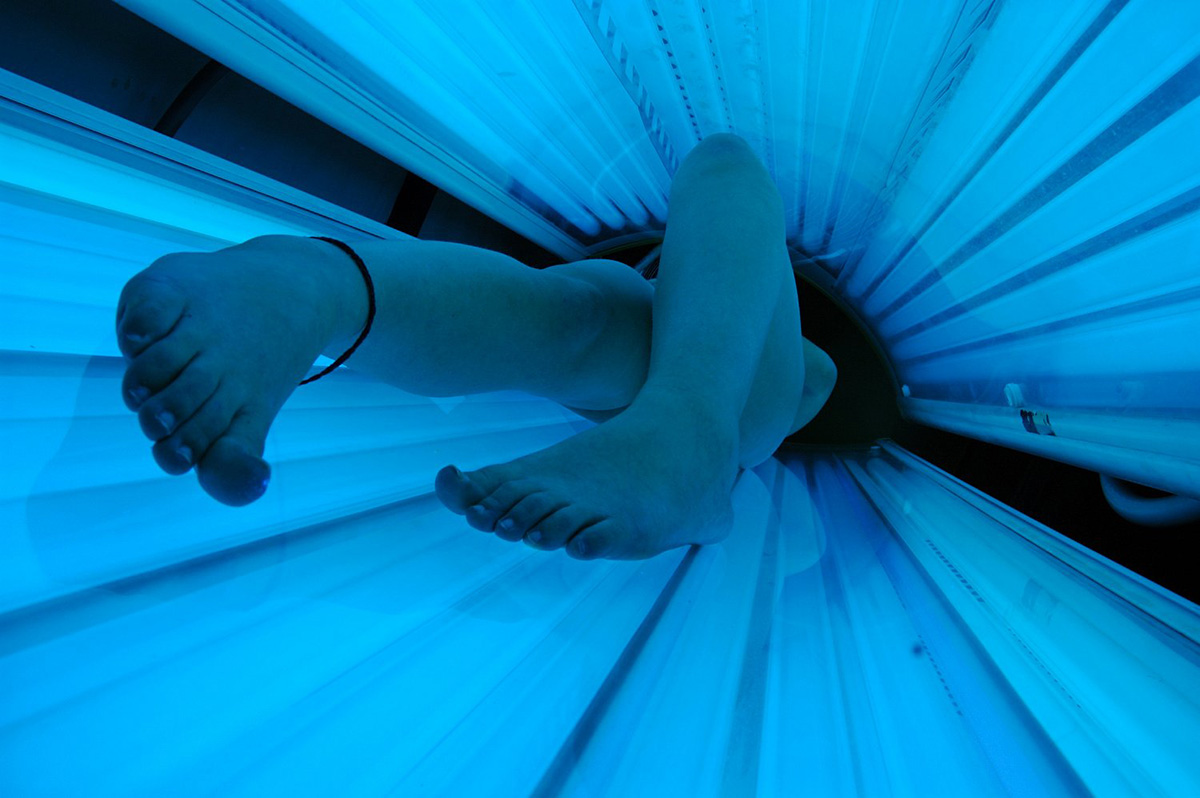Could Your Tanning Habit Be a Sign of Psychiatric Disorders?

Indoor tanning photo by Emergency Brake via Flickr/Creative Commons
You may be hiding more than your natural skin tone under that fake tan. According to a research letter published Wednesday in JAMA Dermatology, a tanning habit may be an indicator of certain psychiatric disorders.
Researchers from UMass Medical School (UMMS) and San Diego State University screened habitual indoor tanners—women who tanned at least 10 times per year—for body dysmorphic disorder (BDD), a condition that causes sufferers to fixate on real or perceived physical flaws; seasonal affective disorder (SAD); and abnormally elevated stress levels. They found positive results in 39 percent, 57 percent, and 30 percent of subjects, respectively. For comparison, past research has found those disorders in roughly 2 percent, 10 percent, and 13 percent, respectively, of larger populations that have been studied.
Since it looked at only 74 women, the study is too small to be considered conclusive evidence. Nonetheless, past studies have shown that many consistent tanners cite differences in mood and appearance as primary motivators for their habit, suggesting that, for some, tanning may be a form of self medication. UMMS’ research is not to say that tanning causes these disorders, or that all tanners have them—it simply highlights a connection between the two.
“Given the high level of psychiatric disorders observed among frequent indoor tanners, it may be prudent for dermatologists to screen patients, or at least those who are frequent tanners, for SAD, BDD and perceived stress,” the researchers wrote in the paper.
And, of course, it always bears repeating that indoor tanning should be avoided for the skin’s sake—a position held by the state of Massachusetts and countless doctors.


